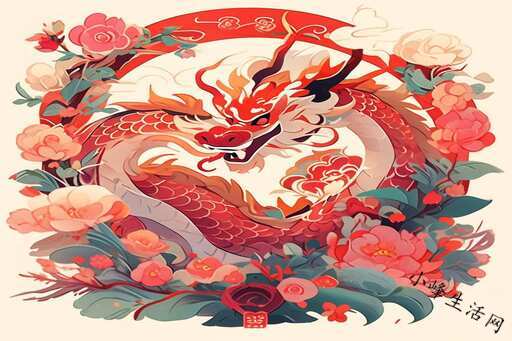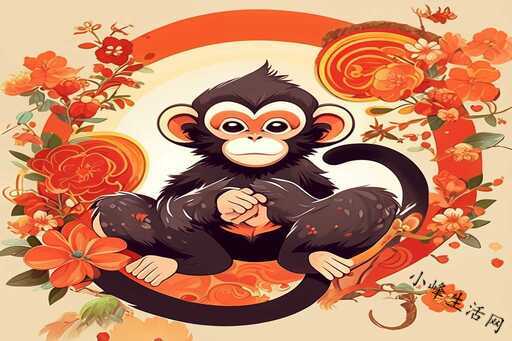20250520黄道吉日
20240520黄道吉日 今天是20240520年,根据农历和星座的推算,被认为是一个黄道吉日。在中国传统文化中,黄道吉日被认为...
扫一扫用手机浏览
吉日电梯英文怎么说
When it comes to the translation of "吉日电梯" into English, the most appropriate term would be "auspicious elevator." This term captures the essence of the original Chinese phrase, which conveys the idea of a fortunate or propitious elevator. In Chinese culture, the concept of auspiciousness holds great significance, and it is often taken into consideration when making decisions related to important events or activities. Therefore, the use of the term "auspicious elevator" reflects the cultural nuances embedded in the Chinese language and effectively conveys the intended meaning to English-speaking audiences.

The Significance of Auspiciousness in Chinese Culture
Auspiciousness, or the belief in good fortune and favorable outcomes, is deeply rooted in Chinese culture. It permeates various aspects of life, including traditional customs, rituals, and everyday practices. In the context of elevators, the concept of auspiciousness may be applied in the design, construction, and operation of these vertical transportation systems. For example, some building developers and owners in China may seek to install "auspicious elevators" as a way to attract positive energy and good luck to their properties. This reflects the cultural value placed on auspiciousness and the desire to create harmonious and prosperous environments.
Designing Auspicious Elevators
In the design and construction of elevators in China, the concept of auspiciousness may influence various aspects of the process. From the selection of materials and colors to the incorporation of symbolic elements, there are numerous ways in which designers and architects may seek to infuse the notion of good fortune into the elevator's aesthetics. For instance, the use of traditional Chinese motifs, such as the dragon or phoenix, could be integrated into the elevator's interior decor to evoke a sense of auspiciousness. Additionally, the choice of colors, such as red and gold, which are traditionally associated with luck and prosperity in Chinese culture, may be favored in the design of "auspicious elevators."
Operational Considerations for Auspicious Elevators

Beyond the design phase, the operation of elevators in Chinese buildings may also be influenced by the concept of auspiciousness. Building management and maintenance teams may implement practices aimed at maintaining a positive and harmonious energy within the elevators. This could involve regular cleaning and upkeep to ensure that the elevators remain in optimal working condition, thereby contributing to a sense of auspiciousness and well-being for those who use them. Additionally, some building owners may choose to incorporate auspicious rituals or blessings into the maintenance routines for elevators as a way to attract good fortune and ward off negative influences.
Cultural Implications in Translation
When considering the translation of "吉日电梯" into English, it is important to recognize the cultural implications embedded in the original Chinese phrase. The term "auspicious elevator" not only provides an accurate linguistic rendering but also conveys the cultural significance of the concept of auspiciousness in Chinese society. By using this translation, English-speaking audiences can gain a deeper understanding of the cultural values and beliefs that shape the design and operation of elevators in Chinese buildings. Moreover, it serves as a bridge for cross-cultural communication, allowing for the exchange of ideas and practices related to the role of auspiciousness in architectural and urban design.
Conclusion
In conclusion, the translation of "吉日电梯" into English as "auspicious elevator" reflects the cultural significance of auspiciousness in Chinese society. From the design and construction to the operation of elevators, the concept of auspiciousness plays a meaningful role in shaping the built environment and influencing everyday practices. By understanding the cultural implications embedded in the original Chinese phrase and its translation, individuals from different cultural backgrounds can gain insights into the values and beliefs that inform the design and use of elevators in Chinese buildings. This awareness fosters greater appreciation for the cultural diversity and richness that shape the global landscape of architectural and urban design.